
Victorian goldminer Charles Waterhouse Nettleton (1862-1946) arrived on Mt Browne’s Albert gold fields west of Milparinka in New South Wales sometime before it closed down in 1893. He was a solitary man, a prospector, so wandered southeast to White Cliffs, the home of milky opal, and his new interest. But gold was in his blood […]
Read More…
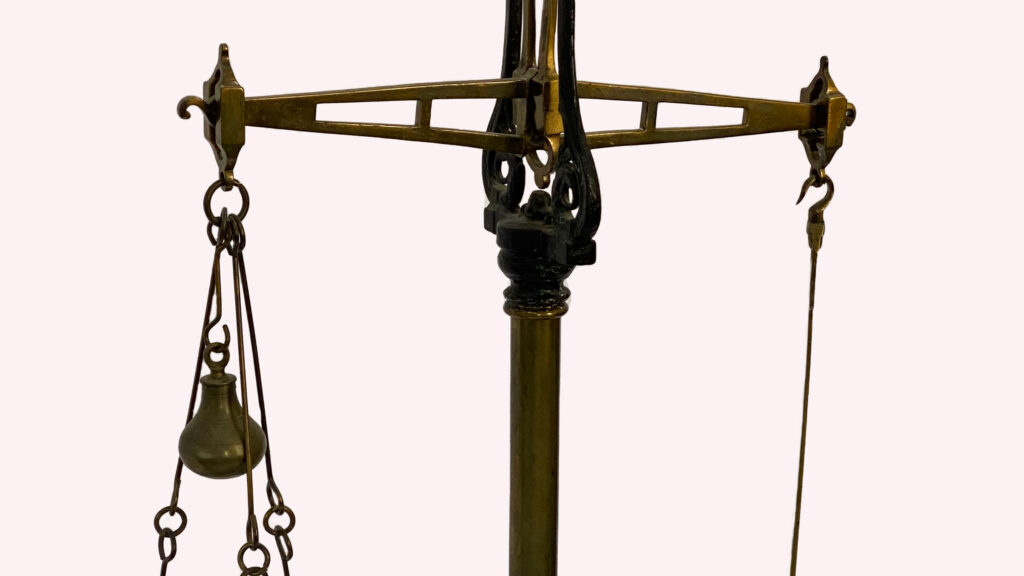
It’s been said that the people who made their fortunes during the gold rushes of the 1850s were those selling the shovels, not the ones digging. These scales were used in the store of Edmund Webb at Bathurst, whose general warehouse business prospered when the gold find at the Ophir goldfields was proclaimed in May […]
Read More…
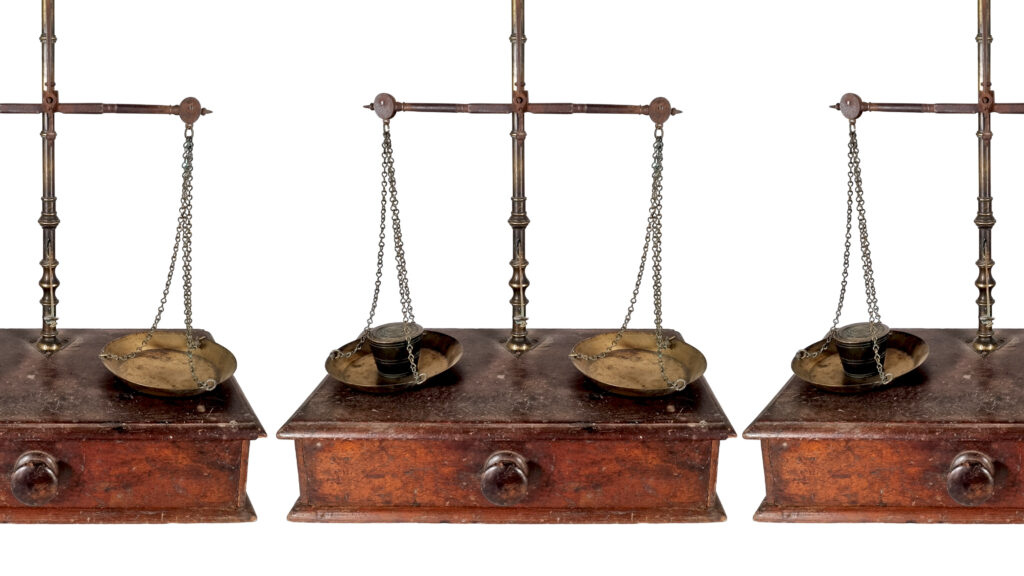
Throughout the nineteenth century the various goldfields near Rockley all experienced a number of rushes as miners reacted to new discoveries and went in search of the latest Eldorado. Stores were established on the larger fields to supply miners with life’s necessities and where miners could sell their gold. Scales such as this one would […]
Read More…
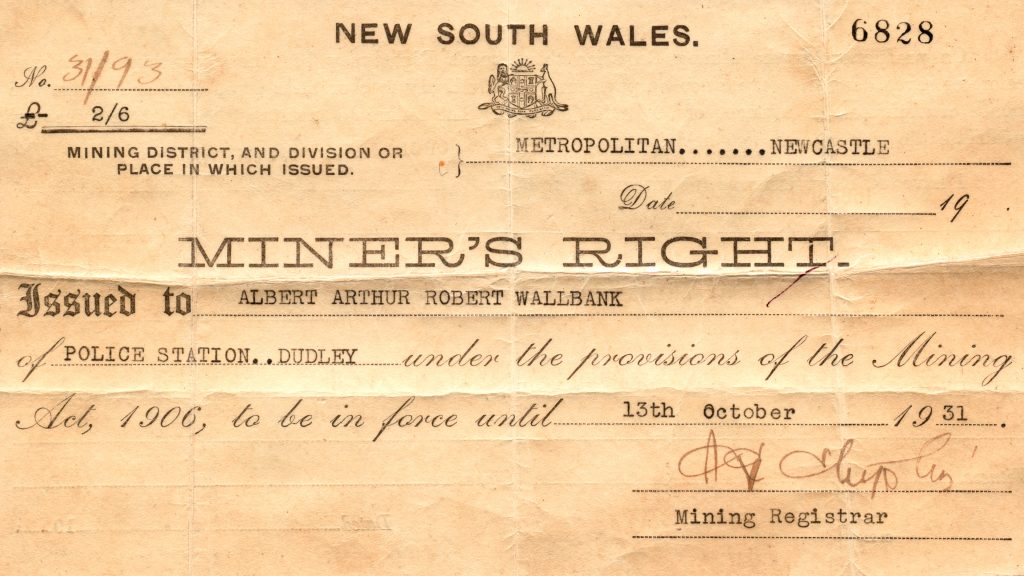
This certificate, issued to Albert Arthur Robert Wallbank (1909–1975) gave him the right to mine under the 1906 NSW Mining Act. Albert lived in Dudley in the heart of the coal mining district of the Hunter Valley of NSW but it is unlikely that he was intending to mine for coal. Gold was his target. […]
Read More…
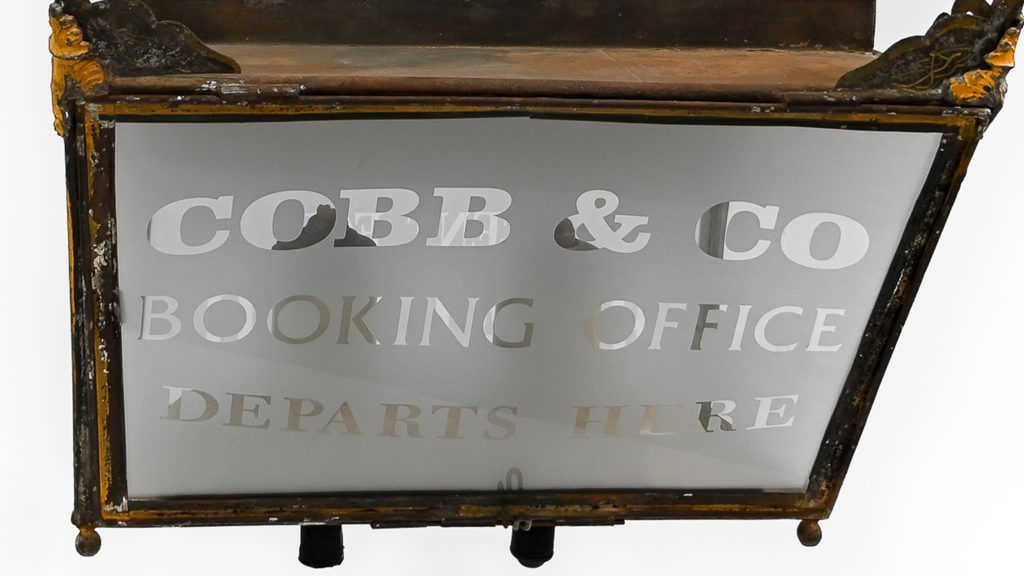
The horses whinnied restlessly as the coachman, Jim Lowe, prepared their harnesses. Nearby, hanging at the entrance of the Cobb & Co booking office, this lantern beamed brightly like a beacon in the pre-dawn darkness. The passengers had been called for at their lodgings half an hour before – their coach was ready to make […]
Read More…
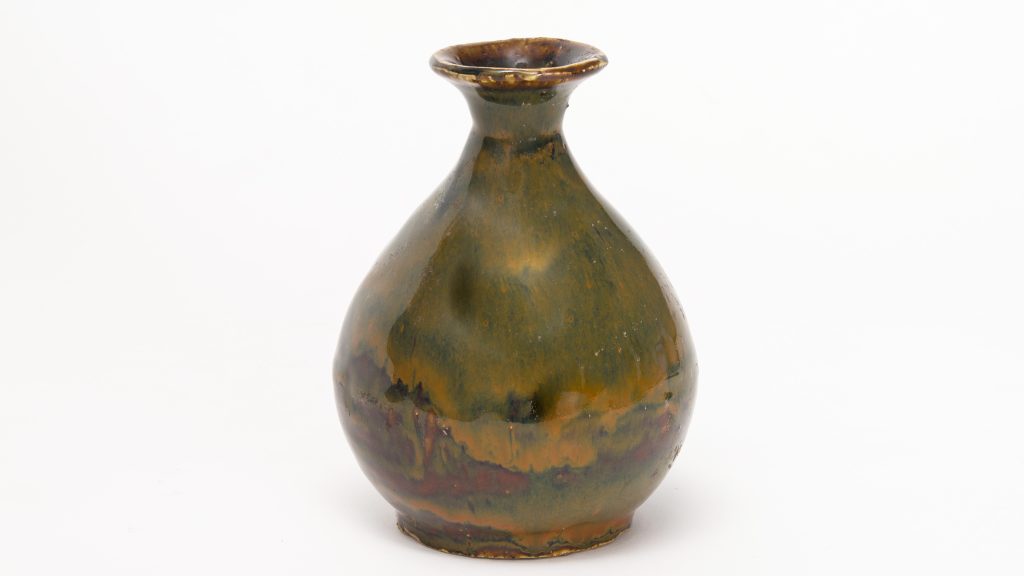
Following the frenzied days of the gold rushes, which swept across various parts of New South Wales and Victoria between the 1850’s and the 1870’s, there was an influx of Chinese miners from these areas to Holbrook, then known as Germanton. A vast number of these men sought to find their fortune in the abandoned […]
Read More…
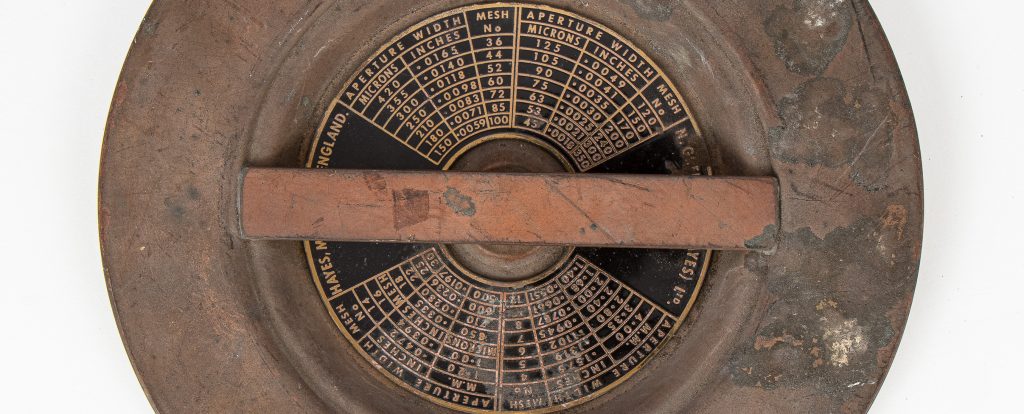
N. Greenings and Sons was the oldest and largest British wire company in its heyday. The company was founded in 1805 by Nathaniel Greenings in Warrington and would go on to internationally export precision industrial products well into the twentieth century. One of the items produced by Greenings was the laboratory sieve, a tool used […]
Read More…
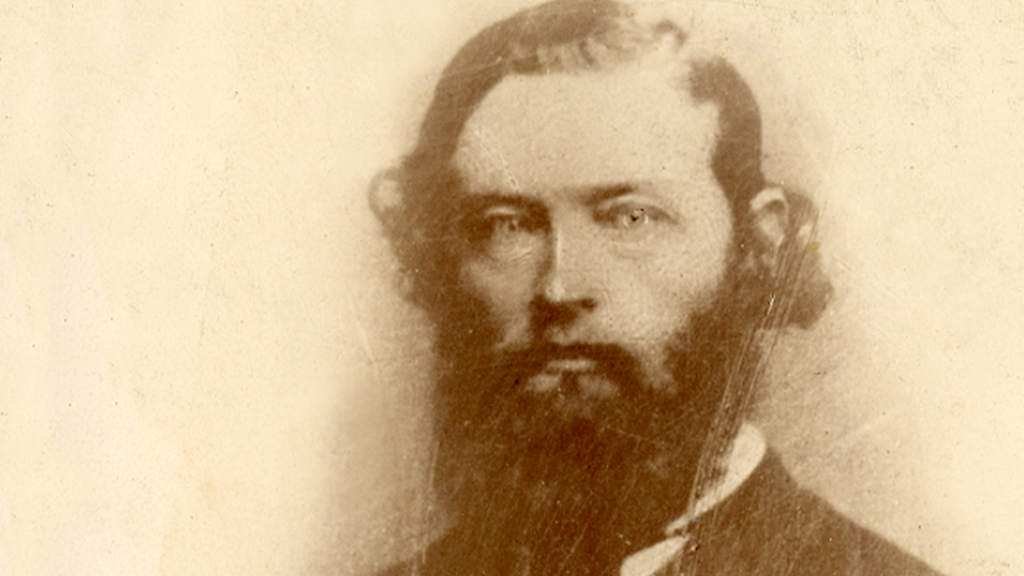
If it possible to ascribe personal characteristics based on a photograph this portrait of Julius Herman Rosler (1825-1914) – known as John – suggests a self-confident man determined to make his mark on the world, something he certainly did. One obituary published upon Rosler’s death was subtitled ‘A Romantic Career’ which somewhat downplays a life […]
Read More…









